Bristol 400 Classic Cars for Sale
The Bristol 400, produced from 1947 to 1950, is a rare luxury coupé with a BMW-derived six-cylinder engine, high-quality interior materials, and a distinctive blend of British and German engineering. Its unique construction and limited production make it a sought-after classic for enthusiasts.
Search results
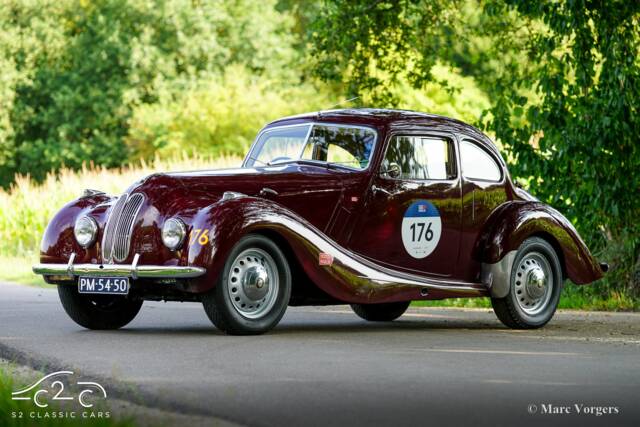
1949 | Bristol 400
1000 Miglia eligible and participant 2024 and 2025, matching numbers, recent mechanical work, full-known history
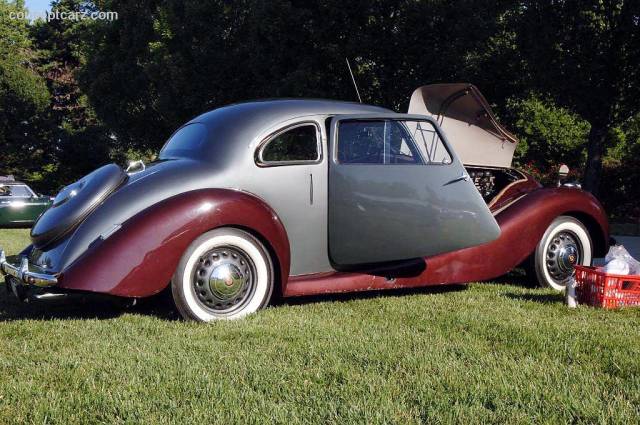
1949 | Bristol 400
BRISTOL 400 COUPE
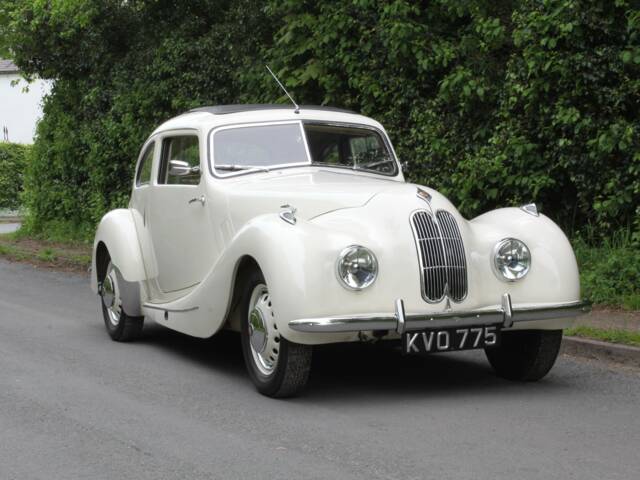
1948 | Bristol 400
1948 Bristol 400
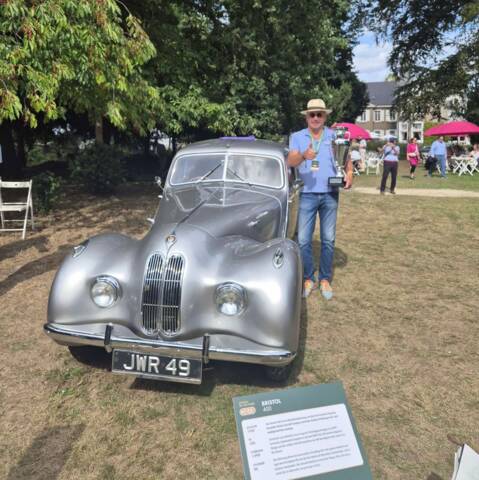
1949 | Bristol 400
Frame off restoration to (almost) perfection
Bristol 400 listing references from Classic Trader
Below you will find listings related to your search that are no longer available on Classic Trader. Use this information to gain insight into availability, value trends, and current pricing for a "Bristol 400" to make a more informed purchasing decision.
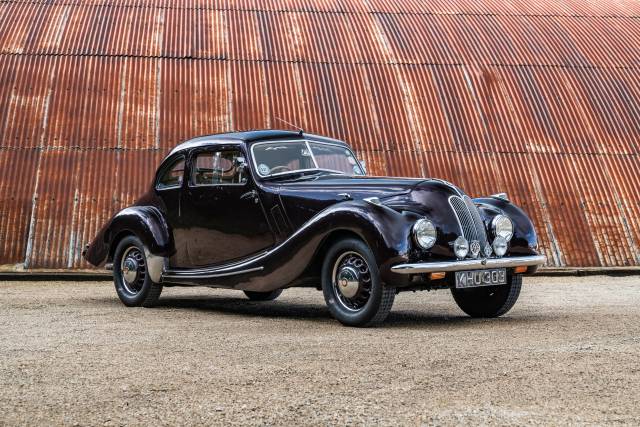
1947 | Bristol 400
Factory development and road-test car
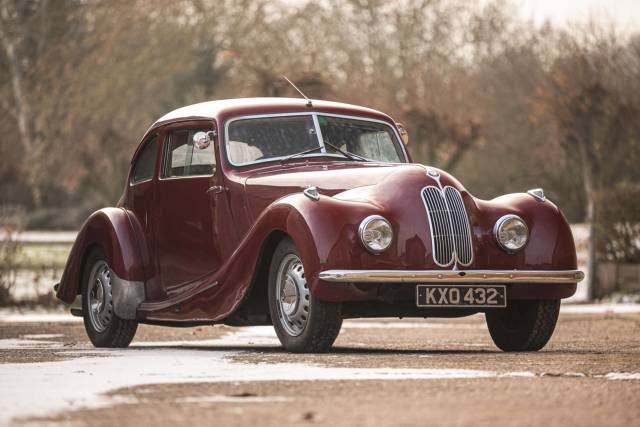
1949 | Bristol 400
1949 Bristol 400 2-Litre Saloon
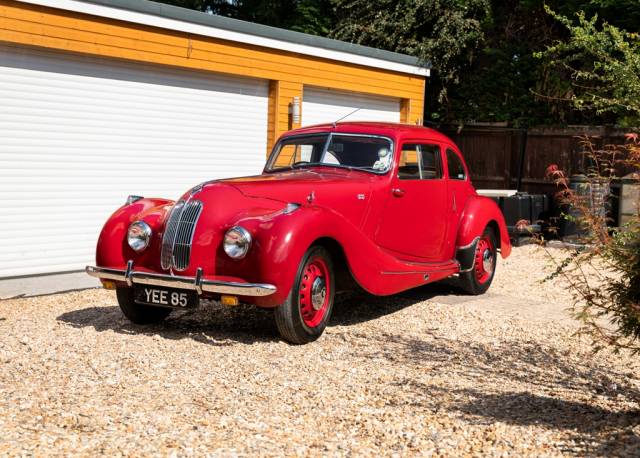
1948 | Bristol 400
Bristol 400
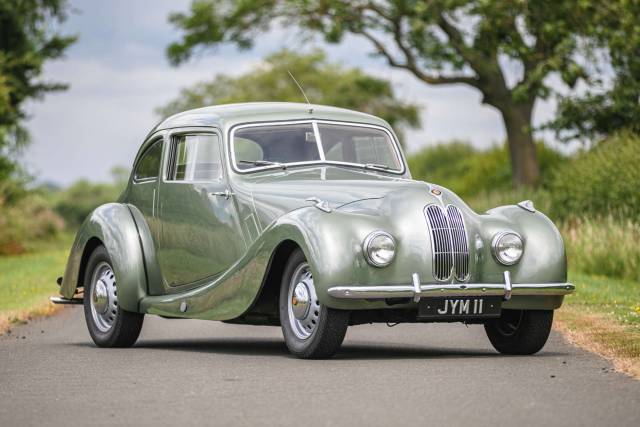
1948 | Bristol 400
1948 Bristol 400
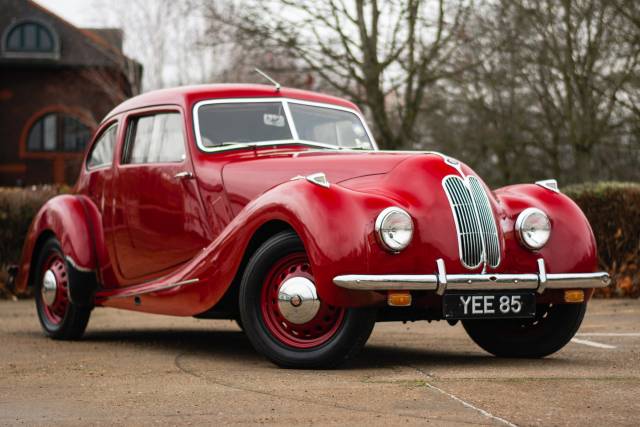
1948 | Bristol 400
For sale by auction on THE MARKET by Bonhams - See themarket.co.uk
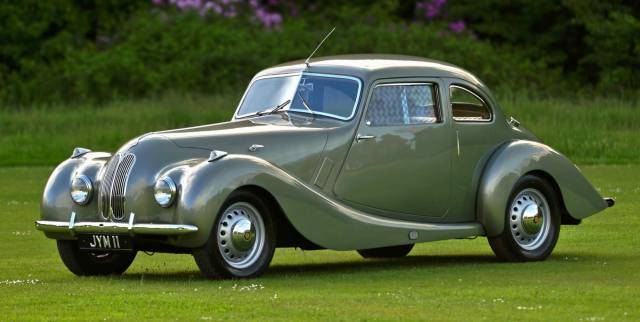
1948 | Bristol 400
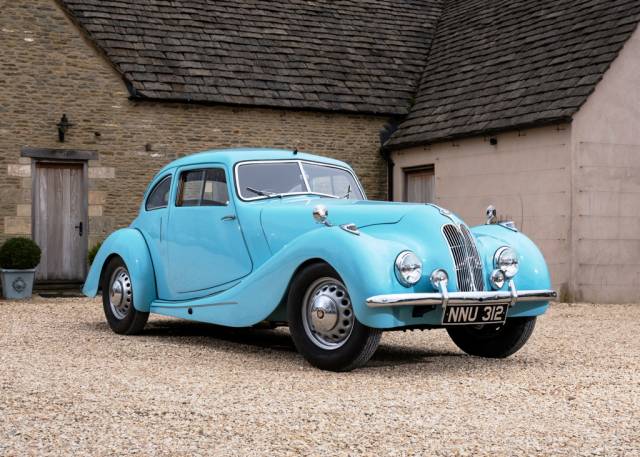
1949 | Bristol 400
Bristol 400 Coupé
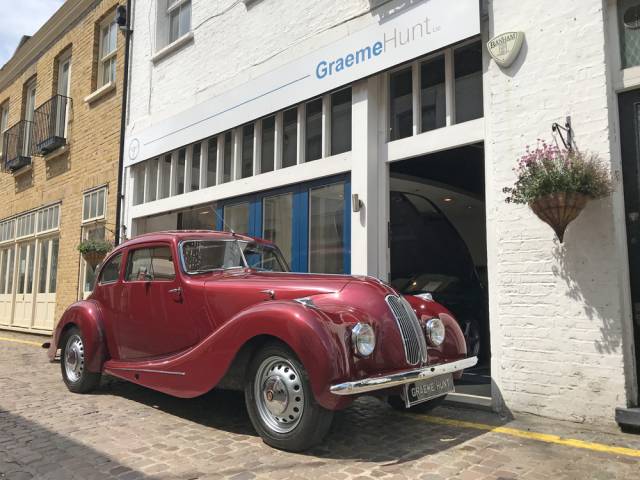
1949 | Bristol 400
1949 Bristol 400 - immaculate condition
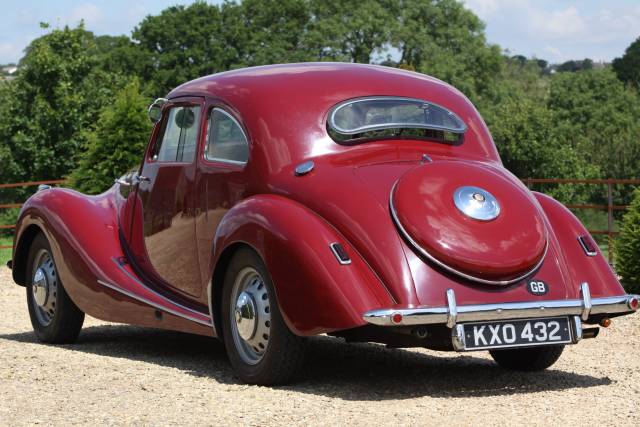
1949 | Bristol 400
Bristol 400 2-litre Six Cylinder Two-door 4-seat Saloon
Introduction and history of Bristol 400
The Bristol 400 marked the debut of the Bristol Aeroplane Company in the automotive world after World War II. Drawing on war reparations, Bristol engineers adapted the BMW 327 and 328 designs, resulting in a car that combined German engineering with British craftsmanship. The 400 was launched in 1947, featuring a lengthened BMW 327 chassis and a modified 328 engine. Its production continued until 1950, setting the foundation for Bristol's reputation in luxury and performance vehicles.
Model history
The Bristol 400 was the first car produced by Bristol Cars, following the company's acquisition of Frazer Nash and the employment of BMW engineer Fritz Fiedler. The 400's design was based on the BMW 327 and 328, with a steel and aluminium body and a 1,971 cc six-cylinder engine. Its successor, the Bristol 401, was introduced in 1948, featuring further refinements and a new body style. The 400 remains the only Bristol model with a steel and aluminium skin.
Highlights of Bristol 400
The Bristol 400 stands out for its advanced six-cylinder engine with hemispherical combustion chambers, three Solex twin carburettors, and a four-speed manual gearbox with synchromesh on the upper three ratios. The car's interior features high-quality leather, fabric headlining, and detailed wood and chrome trim. The 400's bodywork combines steel with aluminium panels, and its ventilation system includes crank-operated rear windows and footwell air outlets. The model is frequently displayed at exhibitions and concours events due to its rarity and craftsmanship.
Technical data
Special Editions and Collectible Models
Battista Pininfarina designed an alternative body for the Bristol 400, which prefigured the design of the later 401. While not a separate production model, this unique design highlights the 400's influence on subsequent Bristol vehicles. No official limited editions of the 400 are documented, but its rarity and bespoke construction make each example distinctive.
Weak Spots and Common Issues
Owners of the Bristol 400 should pay close attention to the complex valve actuation system, which requires precise adjustment to maintain engine performance. The combination of steel and aluminium in the bodywork can lead to corrosion at the joints if not properly maintained. Original workshop manuals, user guides, and spare parts catalogues are available to assist with upkeep, but sourcing specific components may require specialist knowledge.
Engine and Performance, Transmission and Handling
The Bristol 400's 1,971 cc six-cylinder engine, derived from the BMW 328, delivers 80 hp and a top speed of 148 km/h. The engine's hemispherical combustion chambers and short inlet/exhaust ports contribute to its responsive power delivery and distinctive sound. The four-speed manual gearbox features synchromesh on the upper three gears and a freewheel in first, providing smooth shifting. The independent front suspension and live rear axle with torsion bars offer a balanced ride, while the car's long wheelbase enhances stability. The 400's handling and performance were considered advanced for its era.
Interior, Comfort, Exterior and design
The Bristol 400's design merges British craftsmanship with German engineering influences. The exterior features a BMW-style double-kidney grille, a long bonnet, and a short passenger compartment. The body combines steel with aluminium panels for reduced weight. Inside, the car is appointed with high-quality leather upholstery, fabric headlining, and detailed wood and chrome trim. Factory options included a heater and crank-operated rear windows for improved ventilation. The curved Perspex rear window and carefully finished paintwork further distinguish the 400's design.
Other relevant features
The Bristol 400 is often seen at classic car exhibitions and concours events, reflecting its status as a rare and meticulously crafted vehicle. Comprehensive documentation, including workshop manuals and spare parts catalogues, supports ongoing maintenance and restoration efforts.
Summary
The Bristol 400 represents a unique chapter in post-war automotive history, blending BMW engineering with British luxury and craftsmanship. Its advanced engine, distinctive design, and limited production make it a standout choice for collectors and enthusiasts seeking a rare and historically significant classic car.



